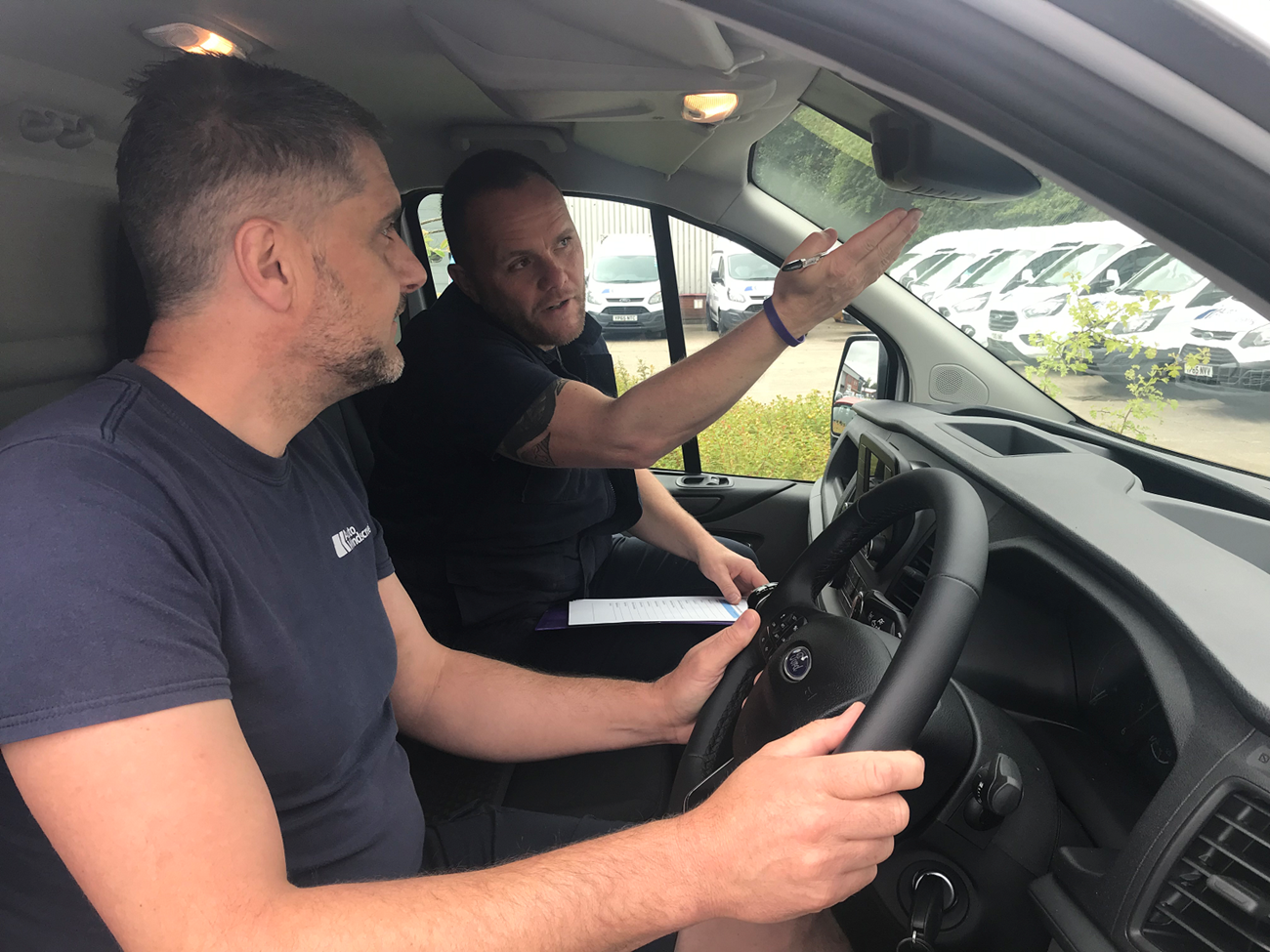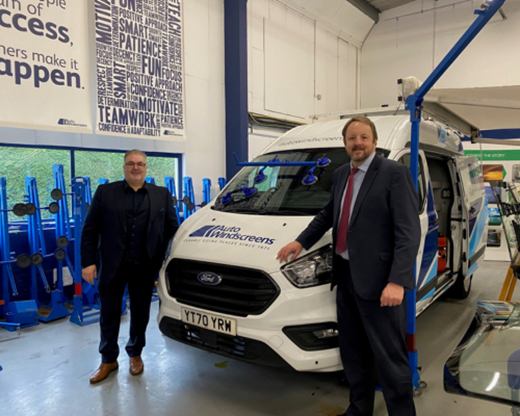Auto Windscreens puts focus on technician driver training
Auto Windscreens is improving its technicians’ on-road practices with the introduction of a new in-house driver training programme.
The company’s Regional Training Officers are equipped with the knowledge to optimise driving across its 260-strong mobile technician workforce, having completed an advanced driver course with Applied Driving Techniques (ADT). ADT is also providing Auto Windscreens with driver analysis, training recommendations and online courses as part of the initiative.
Driving assessments will now be conducted as part of each technician’s individual development, with one-to-one and online training needs identified using risk assessments, driver behaviour scores from TomTom Telematics’ Webfleet software and incident records. New recruits who have never driven a van will also receive training as part of their induction process, with additional coaching provided as required.
Nigel Lawrence, Head of Client Partnerships (UK) of Applied Driving Techniques, said: “ADT is delighted to support Auto Windscreens’ integrated approach to managing Work-Related Road Risk (WRRR). Our extensive suite of engaging training solutions provides Auto Windscreens with the essential tools to continue their ongoing commitment to improving driver behaviour. We look forward to developing our partnership and enhancing their drivers’ overall safety.”
Shaun Atton, Auto Windscreens’ Fleet Manager, added: “Our trainers now have the skills to identify poor driving, such as erratic behaviours, and to coach technicians to change and improve their actions behind the wheel.
“Operating a large van fleet, we have a responsibility to the public to reduce the potential for road incidents. This new programme, combined with the adoption of VisionTrack and TomTom solutions, will ensure our staff are driving in a safe, informed and considerate way.”
Auto Windscreens announced its adoption of TomTom Telematics’ Webfleet software earlier this year. The technology highlights dangerous or inefficient driving such as harsh braking, sharp cornering or speeding, with associated video evidence for each event, creating a complete picture of where positive intervention is needed.

Related Articles

Auto Windscreens Partners with UK Car Glass
Auto Windscreens and UK Car Glass join forces to offer windscreen replacement and ADAS calibration services at 76 centres nationwide, enhancing customer convenience and safety.
Thursday, 20 March 2025

Auto Windscreens Welcomes Chesterfield's Mayor and Mayoress
Auto Windscreens hosts Chesterfield's Mayor and Mayoress, showcasing apprenticeship programme and community involvement, reinforcing commitment to local development and charitable efforts.
Wednesday, 19 March 2025

MP Toby Perkins Visits Auto Windscreens Headquarters
MP Toby Perkins visits Auto Windscreens to discuss apprenticeships, automotive technician roles, and electric vehicles, highlighting industry challenges and future talent.
Friday, 14 March 2025